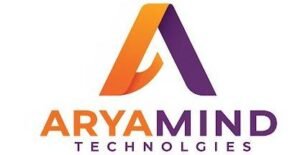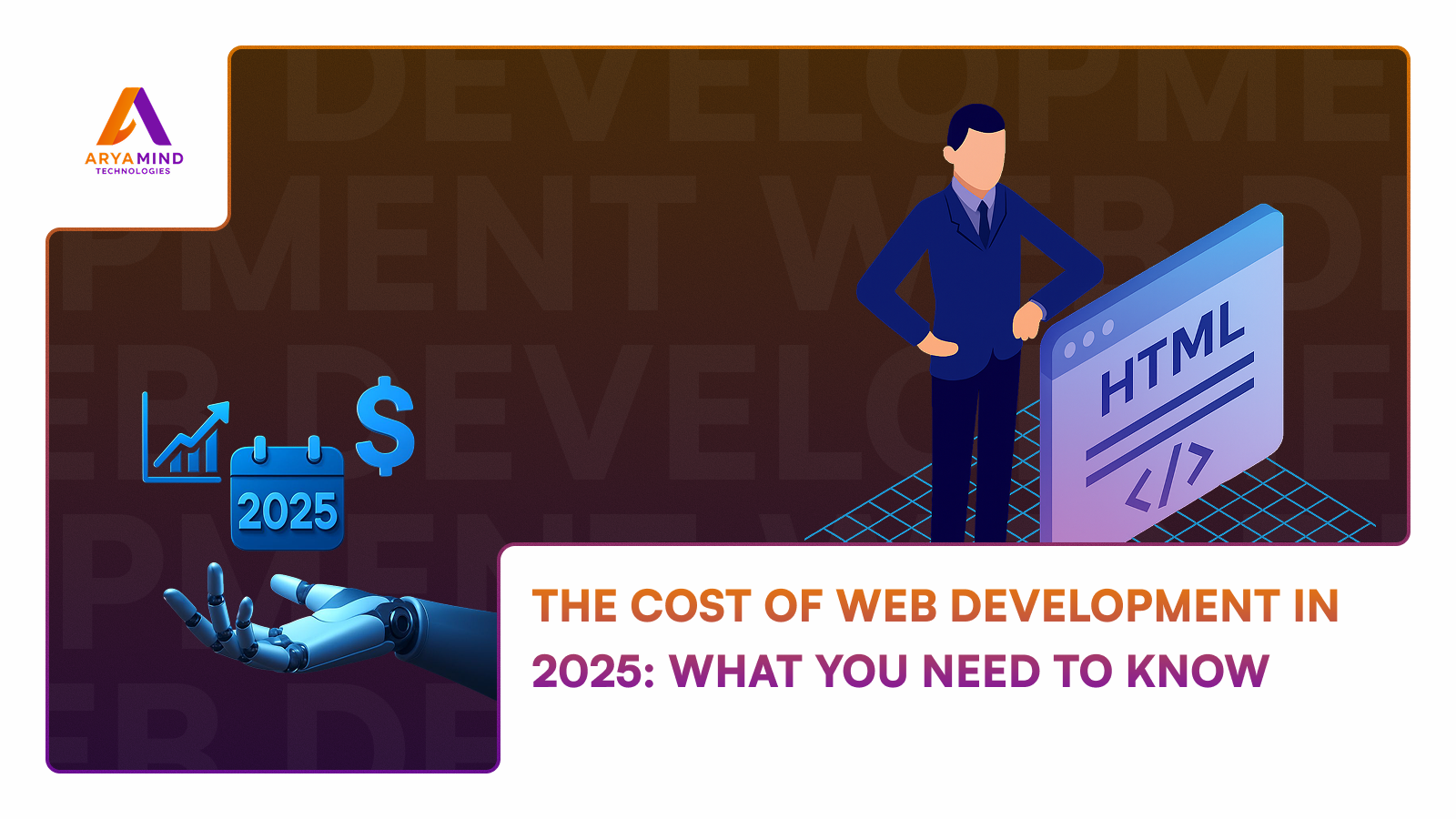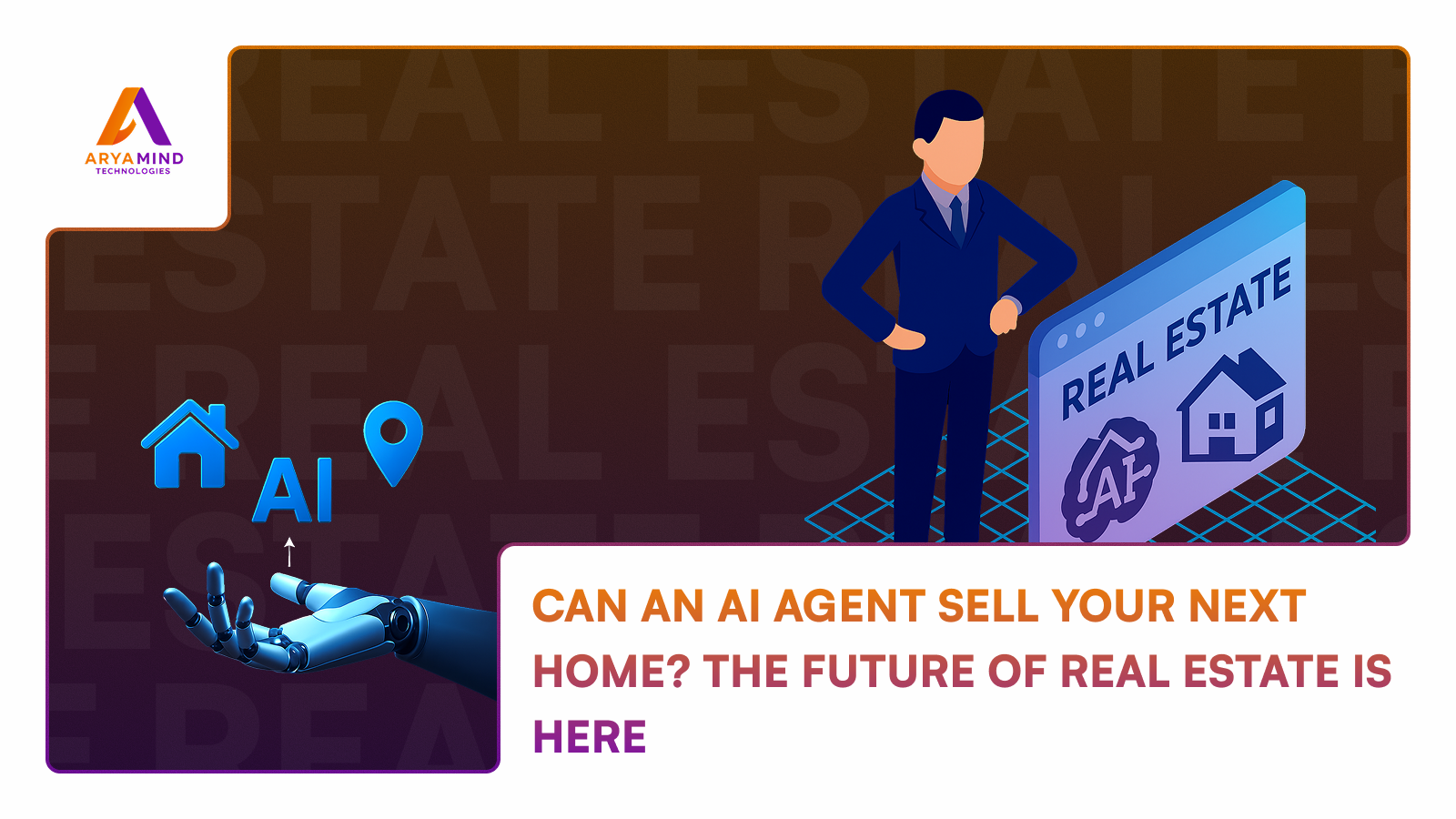Introduction
Table of Contents
What You're Actually Paying for in Website Development
From the initial idea to the final launch and beyond, each phase of development plays a critical role in delivering a successful, high-performing website. Whether you’re a startup or an established business, partnering with a skilled web development company means investing in a full-service solution that ensures your site is user-friendly, functional, secure, and optimized for long-term growth.
When you hire a company, you’re investing in multiple stages of planning, execution, and support:
- 1. Research & Planning – Business goals, audience research, and feature mapping
- 2. UI/UX Design – User-friendly layouts, responsive design, branding consistency
- 3. Frontend & Backend Development – Functional coding and data processing systems
- 4. CMS Integration – Platforms like WordPress, Shopify, or custom-built solutions
- 5. SEO & Speed Optimization – Faster loading times, on-page SEO structure
- 6. Testing & QA – Cross-device, performance, and bug testing
- 7. Deployment & Maintenance – Hosting setup, live launch, and regular updates
A Modern Guide to Understanding Web Development Pricing
Before the numbers are examined, it should be understood that staying ahead of the competition is made possible by a well-developed website. A great site is not just created through code or appealing design—it is achieved through a strategic process influenced by various cost factors.
The total cost of a website is determined by its structure, required features, chosen technologies, and post-launch support. However, the cost is not solely dictated by development time—prices can vary significantly for both simple websites and complex applications due to other influencing elements.
Here’s a quick breakdown of what influences your invoice:
- Type & Complexity: A basic brochure site may start as low as $500–$1,000. Full-featured ecommerce or custom web apps can range from $2,000 to $12,000 or more, depending on integrations.
- Custom vs. Templated: Custom designs and features require more hours and expertise, resulting in higher costs.
- Functionality: Third-party integrations such as payment systems, chatbots, or scheduling tools increase costs.
- Content Needs: Professional photography, video production, or copywriting may add to your budget.
Website Development Costs at a Glance
| Website Type | Estimated Cost (USD) | Purpose |
|---|---|---|
| Basic Informational Site | $500 – $1,500 | For small businesses or portfolios |
| Business Website | $1,500 – $5,000 | Lead generation & brand visibility |
| E-commerce Site | $5,000 – $20,000+ | Online product sales & checkout |
| Custom Web Applications | $10,000 – $50,000+ | Dashboards, CRMs, complex platforms |
Basic Informational Site
These websites include essential pages like Home, About Us, Services, and Contact. Services usually provided are domain setup, hosting configuration, responsive design, contact form integration, and basic SEO. They’re lightweight, fast-loading, and ideal for businesses looking to establish a digital presence.
Additional features may include Google Maps integration, social media links, image galleries, and a simple blog setup. These sites are often built on platforms like WordPress or static HTML, with easy-to-manage content for non-technical users.
Business Website
Business websites are more dynamic, often including 5–15 pages with advanced contact forms, service detail pages, blog sections, customer testimonials, and live chat integration. Services include custom UI/UX design, CMS integration (like WordPress), mobile responsiveness, and performance optimization.
They may also include appointment booking systems, newsletter integrations, call-to-action (CTA) elements, and basic analytics setup. These websites focus on converting visitors into leads and represent your brand more professionally online.
E-commerce Site
You also get features like promotional banners, discount codes, abandoned cart recovery, and basic CRM integration. Many e-commerce sites are built on Shopify, WooCommerce, or Magento, with a strong focus on UX, speed, and secure checkout.
If you are planning to integrate AI into your customer service strategy, partnering with an experienced AI development service provider can help you build intelligent, reliable, and scalable AI solutions that align with your customer experience goals.
Custom Web Applications
These are tailor-made platforms designed to solve specific business problems or create unique user experiences. Services include backend architecture, database design, advanced user roles, API integrations, real-time data processing, and advanced security protocols.
Examples include booking platforms, analytics dashboards, internal company portals, or multi-user marketplaces. Technologies often include React, Angular, Node.js, Laravel, or Django. These projects require detailed planning, wireframes, project management, scalability considerations, and long-term support.
Actual costs vary by requirements, functionality, and the expertise of your web development company.
Comparing Website Costs by Business Needs and Type
Each business has unique goals and expectations. Here’s how the costs shift by business type:
- 1. Startups: Prioritize lean, scalable solutions—usually opt for templated or MVP builds.
- 2. SMEs: Require robust business sites or ecommerce platforms, balancing custom features with cost.
- 3. Enterprises: Demand complex integrations, security compliance, and scalability, leading to higher investments.
- 4. Personal Brands: Focus on portfolio or blog layouts with social integration to maximize value.
Team Structures and How They Influence Development Costs
Who you work with has a significant impact on your cost:
- Freelancers: Lower cost ($20–$80/hr) but limited resources or bandwidth
- In-House Team: Ideal for large, ongoing projects — but includes salaries, tools, and overhead
- Agencies: Provide a full team (designers, developers, PMs) and deliver end-to-end solutions
How Geography Shapes Website Development Pricing
Where your company (and your developers) are based still matters in 2025:
- 1. India & Southeast Asia: High-quality work at 40–70% lower rates compared to North America/Europe.
- 2. Eastern Europe: Competitive pricing with a reputation for robust technical skills.
- 3. Western Markets: Highest costs—best for projects needing in-person collaboration or specific expertise.
Choosing a web development service provider like Aryamind Technologies unlocks the perfect ratio of affordability and expertise.
The Cost Impact of Deadlines and Timeframes
Need it fast? Expect to pay more.
Shorter timelines often require overtime, larger teams, and less time for optimization or testing. Projects with a tight deadline might cost 20–30% more than those with flexible delivery windows.
To save, plan early and allocate time for feedback, testing, and polishing.
Selecting a Reliable Website Development Partner
Before hiring, evaluate your potential partner based on:
- Transparent pricing & deliverables
- Diverse portfolio of past work
- Strong communication & project management
- Post-launch support
- Customization and scalability options
You want a partner who understands your business, not just your code.
Forecasting and Managing Your 2025 Website Budget
To avoid overspending:
- Define must-have vs. nice-to-have features.
- Get multiple quotes from web development companies.
- Allocate 10–20% of the budget for future updates.
A well-planned website is an investment, not an expense.
Ready to Build or Upgrade Your Website?
Call at 9099803111 or email us at contact@aryamindtech.com for a free project consultation and quote. Let us help you turn your digital vision into a high-impact reality!






